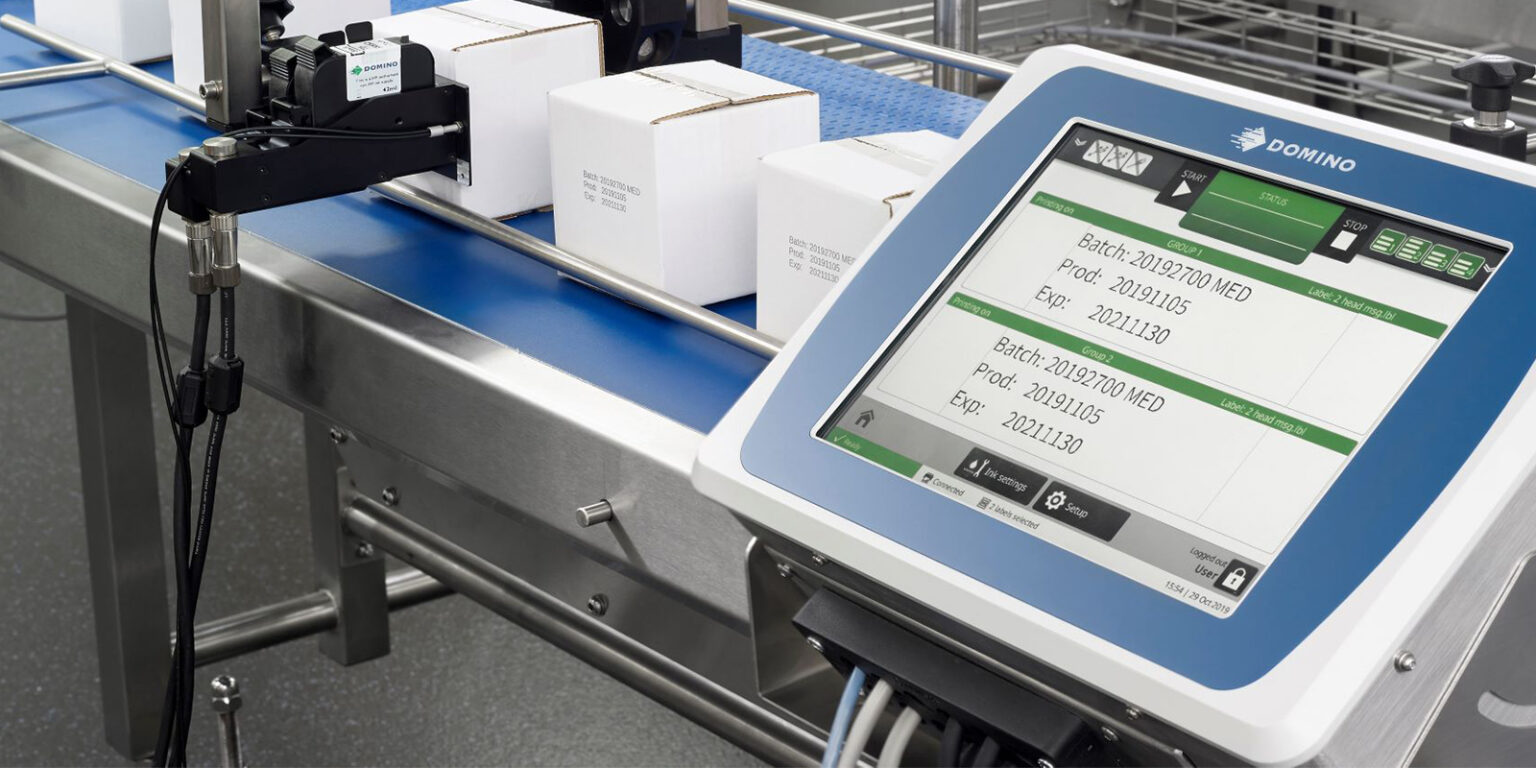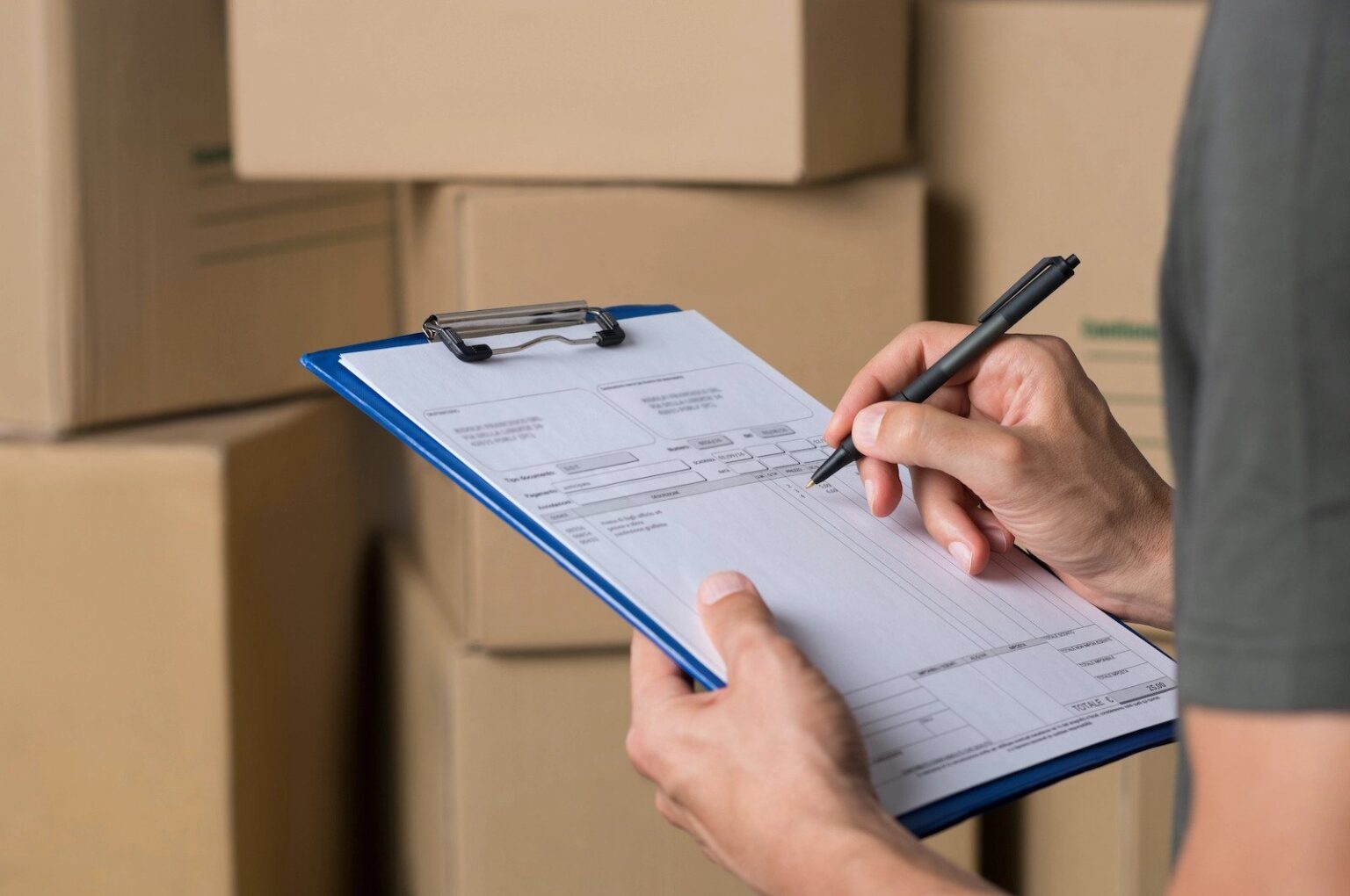Food Traceability: What and How
If your business deals with food, there are certain best practices that can be implemented in your operations to support food traceability, regardless of where your company is located within the supply chain. Here are four of them:
1. Label Everything
Proper labelling of food products should begin at the primary producer and continue through transportation and storage. This includes using unique identifiers for lots and batches, accurately labelling shipments with the name of the food and the supplier or importer, and organizing storage facilities to facilitate easy access to specific items.
To maintain accurate labels, companies should invest in reliable coders and printers capable of producing high-quality, legible, and scannable codes and labels. Mobile printers are particularly useful for ensuring signs and labels throughout a company’s buildings are up-to-date and accurate

2. Don’t Accept Low-Quality Products
All businesses are responsible for the quality of the food they handle. Therefore, any shipment that does not meet established quality standards should be rejected or not processed. Some key components of food quality include temperature, packaging, and storage conditions. Food must be stored and transported at acceptable temperatures (below 5 degrees Celsius or above 60 degrees Celsius), and food intended for freezing should not be partially thawed during delivery. Food packaging should be food-grade and free of potential contaminants. Finally, food must be stored in a way that prevents contamination or degradation, such as in airtight containers or areas protected from light exposure.

3. Record All Shipment Information
When receiving food deliveries, businesses should keep a record of the supplier’s name and business address, delivery and transaction dates and times, quantities or volumes of goods, and batch or lot numbers. Similarly, when preparing products for shipment, businesses should keep records of the recipient’s name and address.
4. Know the Previous and Next Steps in the Supply Chain
A robust traceability system relies on knowing where food products have been before entering a facility and where they are going next. To accomplish this, businesses must review the appropriate shipment information before accepting food products and maintain detailed records of where products are shipped.
By implementing these best practices, any company that handles food can improve food traceability and enhance food safety for consumers.
See our next blog post for solutions to common traceability challenges: